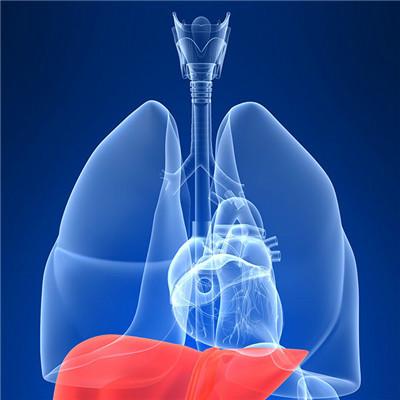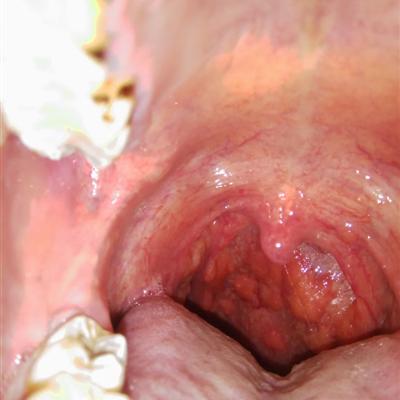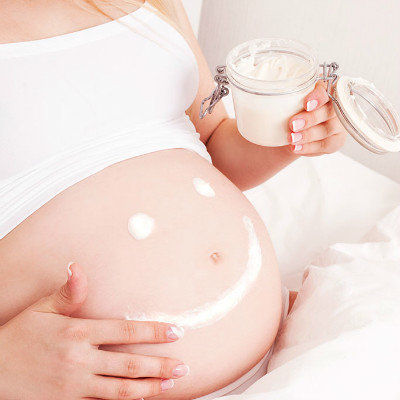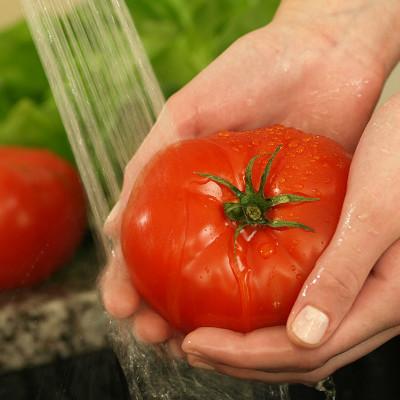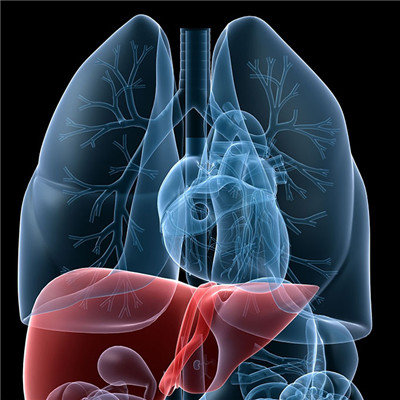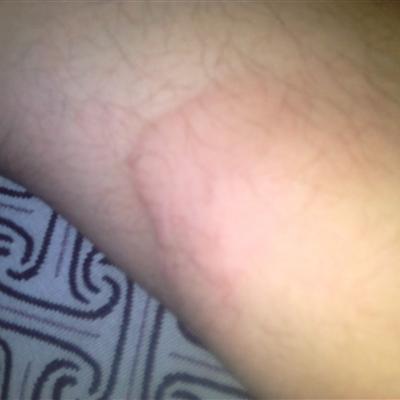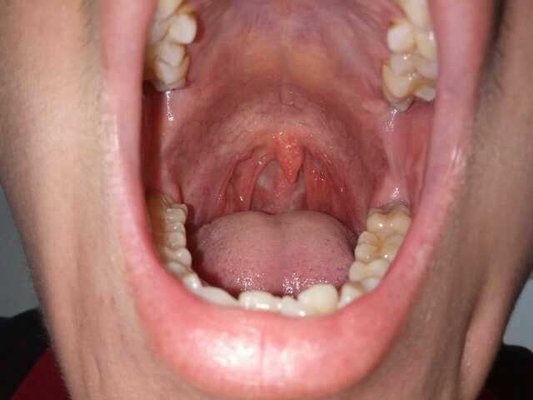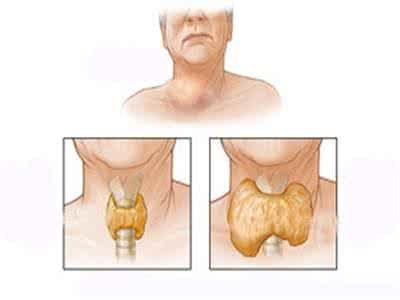Symptoms of oral leukoplakia
summary
Oral leukoplakia is a common oral mucosal disease, its initial symptoms are not particularly obvious, and it is not easy to be found by others. Let's talk about the symptoms of oral leukoplakia.
Symptoms of oral leukoplakia
First: wrinkly paper: more common at the bottom of the mouth and tongue abdomen, synonymous with white spot at the bottom of the mouth, sublingual keratosis. The disease can occur at the bottom of mouth and tongue at the same time, or at the bottom of mouth or tongue alone, or at the intersection of the bottom of mouth and tongue. The area of lesion is different, even involving lingual gingiva. The surface is undulating, such as white wrinkled paper, the base is soft, except for rough discomfort, there is no obvious self-conscious symptoms at the beginning, women are more than men.
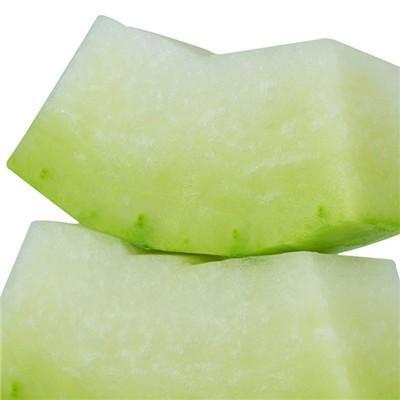
Second: plaque: white or gray homogeneous hard plaque appeared on oral mucosa, with compact texture, different damage form and area, slight uplift or uneven. Verrucous lesions are protruding, with uneven surface, papillary or burr like protrusions, and slightly hard palpation. In addition to the gum or palate, there is no obvious hard segment in the base, and the rough feeling of the damaged area is obvious. Pain usually occurs due to ulcer formation, which is also one of the typical symptoms of oral leukoplakia.
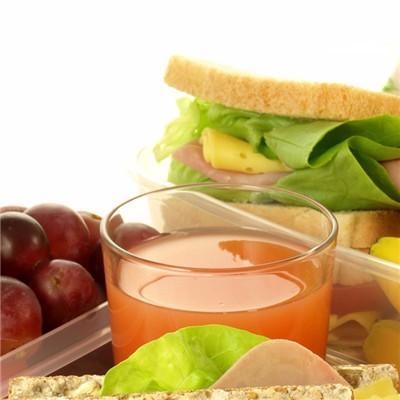
Third: granular: also known as granular nodular leukoplakia, corner of the mouth area mucosa. The lesions are often triangular, with the bottom at the corner of the mouth; the color of the lesions is mixed red and white, and the red area is atrophic erythema; the surface of erythema is "dotted" with nodular or granular white spots. Most of this type of leukoplakia can be found Candida albicans infection.

matters needing attention
It was found that the contents of Mn, Sr and Ca in the body were negatively correlated with the onset of leukoplakia, especially Mn. Mn is related to the formation of enzymes, and the occurrence of leukoplakia is related to abnormal tissue metabolism.
